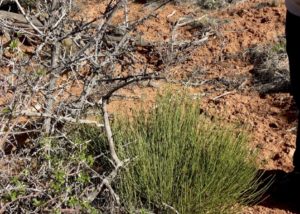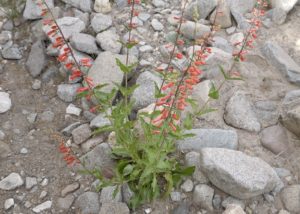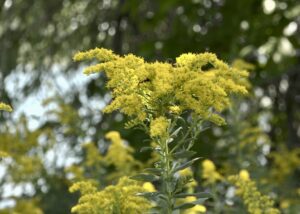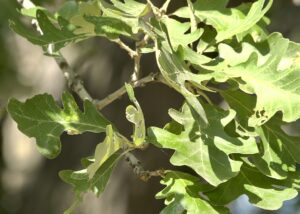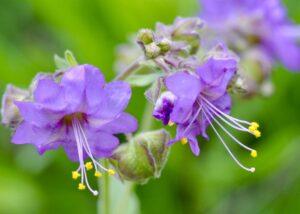Habitat
Desert, Mountain, Sagebrush SteppePlant Uses
bronchial congestion, dry hacking coughs, immune response, insect bites and poison ivy itch, muscle tone, rashes, urinary infections, viral and bacterial infectionsVideo Presenter
John MionczynskiGumweed
(a.k.a. rosinweed, resinweed, curlycup, curlycup gumweed, grindelia)
Often considered a roadside weed; gumweed is highly prized for its medicinal effects. It has two primary avenues of healing:
- It is used to treat affections of the skin such as rashes, itches, and sores from poison ivy, insect bites, stings, and spider bites as well as allergic reactions and skin infections. For this, the flower heads are used either directly applied to injuries or as a poultice in warm water.
- The leaves and roots are used as a tea or inhaled as a smudge to open the airways as a bronchial dilator in cases of asthma, allergies, pneumonia, and the common cold.
The widespread use of this plant by western tribes resulted in the listing of this plant in the U.S. Pharmacopeia (the compendium of officially recognized medicines in the United States) as a bronchodilator for bronchitis, asthma, and pneumonia.
The tea was also consumed for general health and strength as well as urinary infections.
The Crow’s (Apsaalooke) used the gumweed resin to stiffen their distinctive pompadours.
Gumweed is a selenium concentrator plant capable of concentrating the mineral selenium 500 times the soil concentration making small quantities of the leaves poisonous when growing in certain sedimentary soils.
Side note: This plant can cause selenium poisoning when used indiscriminately.
Side note: Like any plant in the sunflower family (Asteraceae) some people may be allergic to it.
In this next video, John Mionczynski and Melanie Smokey (Western Shoshone/Washoe) discuss more about the scientific basis for gumweed’s use as an immunity enhancer and as a treatment for bronchial congestion.

